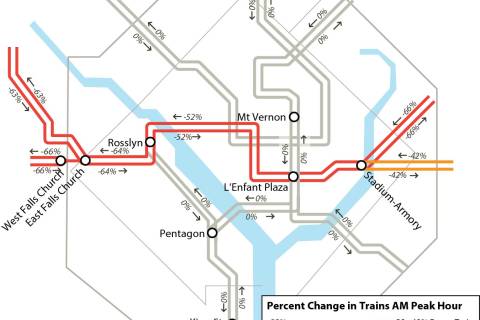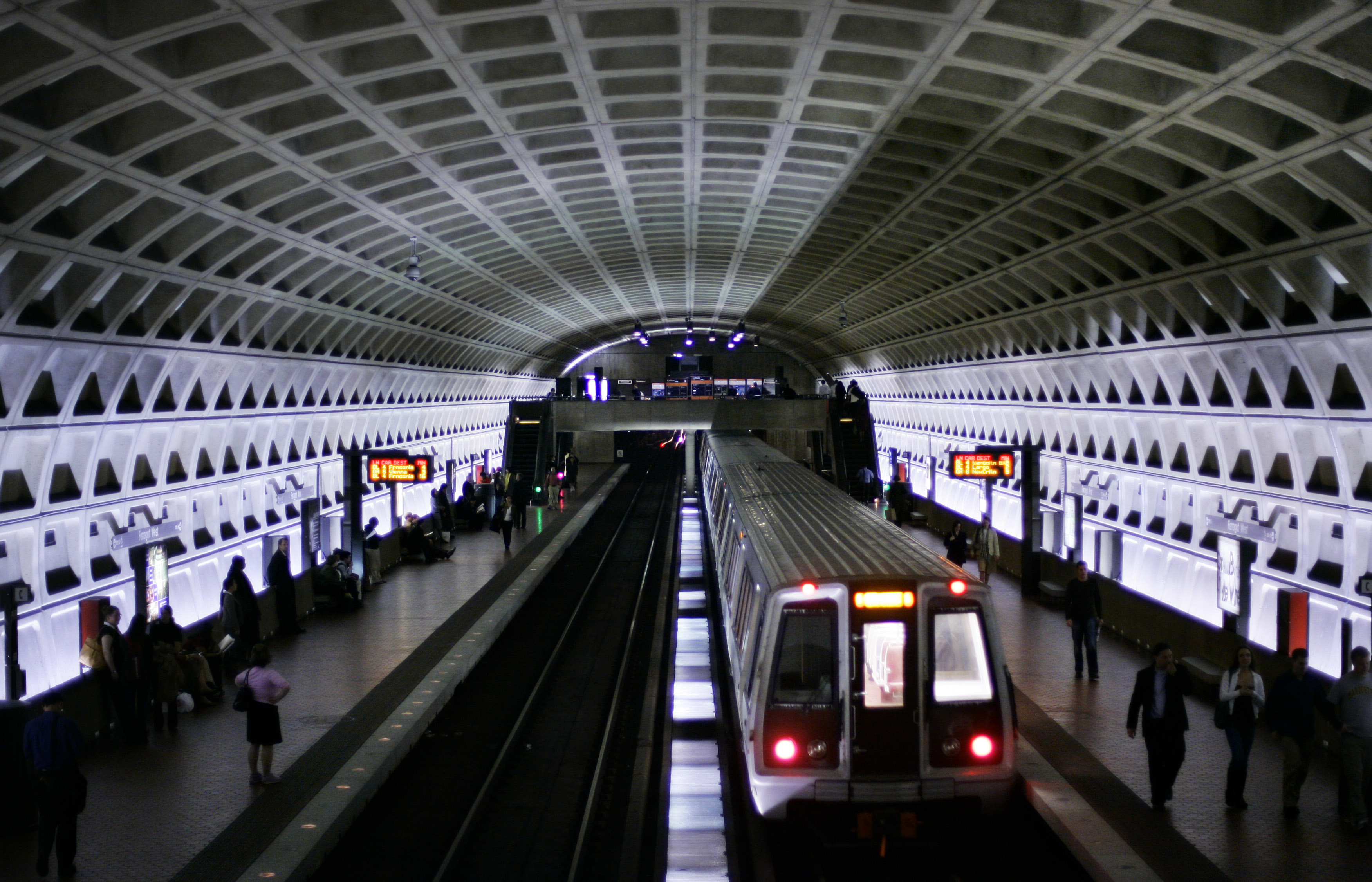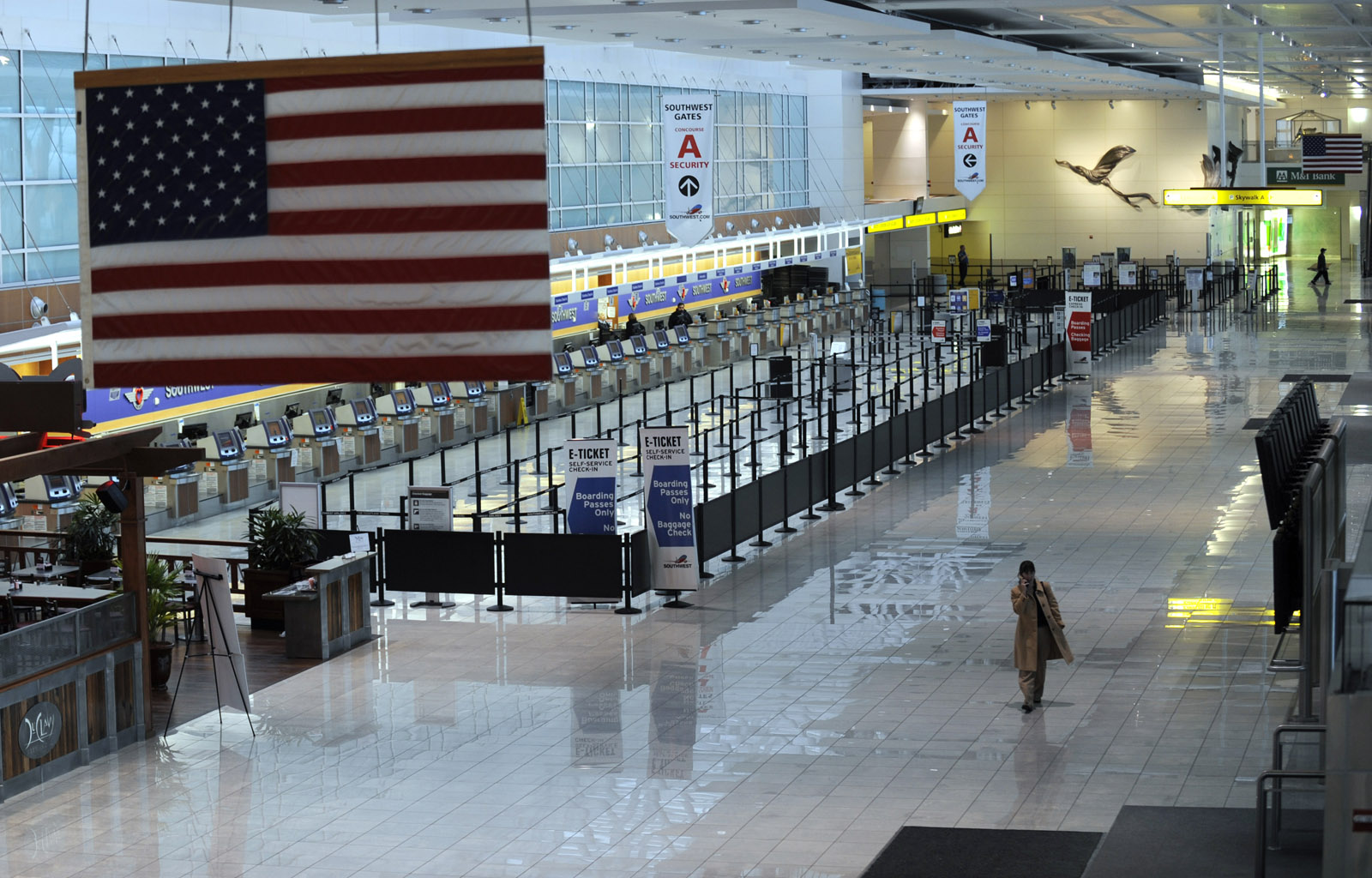WASHINGTON — With Metro work drastically cutting service from New Carrollton and Largo all the way to Vienna and Reston starting Monday, the next three weeks could lead to more traffic on major roadways unless many commuters find other ways around.
That includes commuters who typically drive to work and who may be better off carpooling in HOV lanes or using the bus, Fairfax County Transportation Department Director Tom Besiadny said.
“Surge 11 is going to have a dramatic impact on commutes in the I-66 corridor,” Besiadny said, “so we urge those people who regularly drive alone to look at some of these options as well.”
While there are no additional shuttle bus options or other options on the Maryland side of the Orange and Silver lines, there are a number of additional shuttle, express and enhanced bus routes in Northern Virginia.
In both Maryland and Virginia, among possible alternatives are commuter rail services such as MARC and VRE; commuter buses; or biking. The Yellow and Green lines could also work.
“It’s important to look at these options because otherwise, we are going to have gridlock not only on I-66 and the parallel roadways, but also on the Orange and Silver lines as well,” Besiadny said. He warned of increased delays not only on Interstate 66 but also on U.S. Routes 29 and 50.
In Maryland, traffic could spill over onto the Capital Beltway and other routes into D.C.
Arlington County board Chair Libby Garvey said this surge would have a much greater impact than past similar surges along the Orange Line tracks, and she encouraged those who can telecommute to do so.
“It’s going to be intense for the first two weeks, and the message really is the same: We in Arlington, we’re upping our ART bus service and encouraging people to use buses. We’re encouraging people to carpool,” she said.
“Try not to drive alone. Please go with other folks,” she said.
After the first two weeks, the impact east of Ballston is scheduled to ease slightly, as Metro adds a limited number of additional trains to and from New Carrollton, as had been done in three area surges previously.
The turnarounds in the area will begin once track work moves away from the platform at the East Falls Church Metro station, Metro Chief Operating Officer Joe Leader said.
Metro graphics indicate that all trains at Ballston are scheduled to arrive on their usual tracks — unlike previous surges, in which riders went scrambling from one platform to the other at Ballston to figure out which trains were heading in which direction.
Trains that turn around at East Falls Church do not have that issue, because the station has a center platform with access to both tracks.
Among the bus options for riders, the Fairfax Connector is bringing back special rush-hour service between Vienna and the Pentagon.
“It’s been extremely popular. We are running about 300 peak trips each direction. Buses are not completely full, but are very well used,” Besiadny said.







